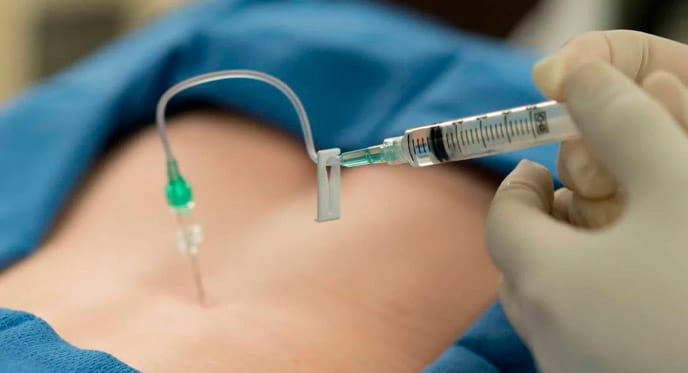Lumbar epidural steroid injections (LESIs) are a common, minimally invasive treatment for back pain and sciatica, caused by conditions like herniated discs, spinal stenosis, and degenerative disc disease. LESIs deliver anti-inflammatory medication to reduce inflammation and alleviate pain.
1. Types and Approaches: There are three primary approaches for LESIs: interlaminar, transforaminal, and caudal.
- a. Interlaminar: The needle is inserted between the vertebrae, directly into the epidural space. This approach targets broader areas of inflammation.
- b. Transforaminal: The needle is placed alongside the affected nerve root, allowing for precise medication delivery. This method is particularly effective for radicular pain, such as sciatica.
- c. Caudal: The needle is inserted into the sacral hiatus. This is a very straightforward technique of low risk again providing a broad application of the anti-inflammatory streoid.
2. Benefits:
- Pain relief: LESIs can provide significant pain relief, improving patients' quality of life and enabling participation in physical therapy.
- Minimally invasive: LESIs have fewer complications and shorter recovery times compared to surgery.
- Reduced reliance on oral medications: LESIs may decrease the need for oral pain medications, which can have systemic side effects.
3. Risks: Despite their benefits, LESIs carry some risks, including:
- Infection or bleeding at the injection site
- Temporary increase in pain
- Dural puncture, leading to headaches
- Allergic reactions to medications
- Nerve damage (rare)
Again; These types of injection provide only a varying degree and time period of improvement and if the pain is not related to structures or inflammation within the epidural space or the inflammation or mechanical nerve compression too severe then there my be no real beneift.
Conclusion: Lumbar epidural steroid injections are a valuable treatment option for back pain and sciatica, offering pain relief and improved function through various approaches. While generally safe, patients should consider potential risks and discuss them with a healthcare professional before undergoing the procedure.

